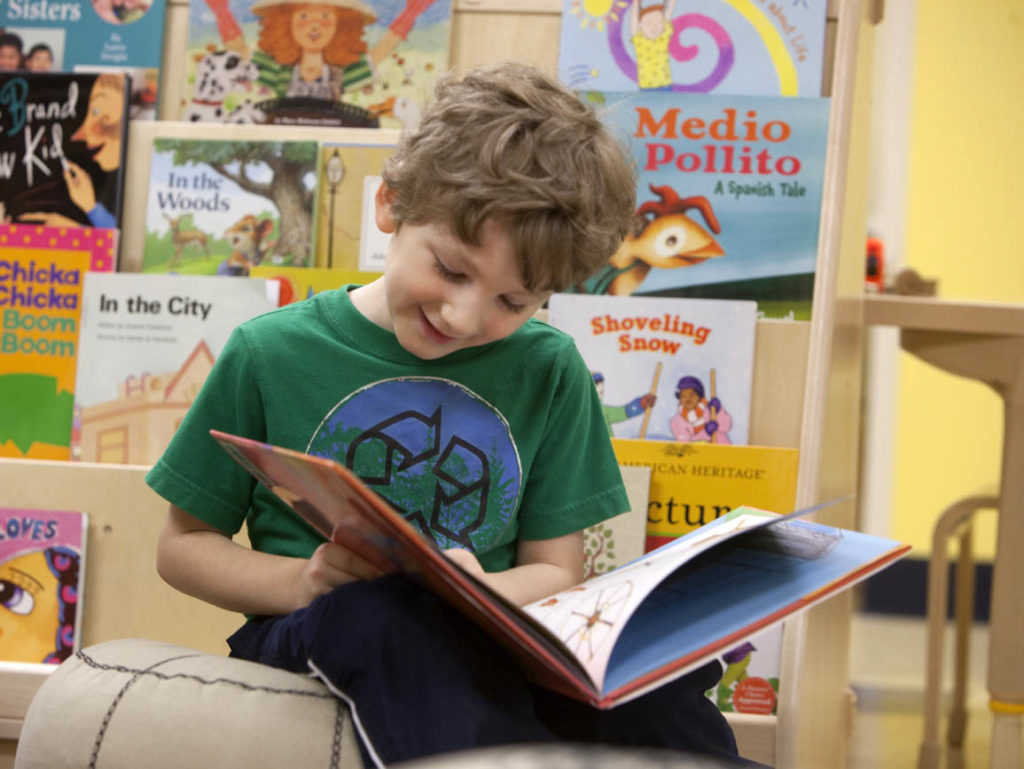
If you’re a parent who’s always wanted to be a writer, or if you’re a long-time writer who wants to try something new, you might have considered writing a children’s book. After all, on the surface, they look easier to write than novels intended for an adult audience, and you could use them to spread an important and influential message to your country’s youth.
But where would you even start with such an endeavor, and is it worth the effort?
Children’s Books and Competition
First, understand that this is competitive territory. If you’re trying to make a profit on this book, you’ll need to find some way to get past the competition. Something like 20,000 new children’s titles are published per year, with even more coming from independent distributors. That said, sales for children’s books are also high, on some level justifying the competition.

If you’re going to be successful, you’ll need to find some way to differentiate yourself. You’ll need to write about a topic that no one else has covered, or you’ll need to use a unique style that no one has ever seen—all while covering the basic elements that make for a digestible children’s book. Keep that in mind as you develop your ideas.
Publishing and Distribution
The big hurdle for most aspiring writers is coming up with a plan for publishing and distribution. At some point, you’ll want to make your work available to the public, and you’ll want to make money from the effort.
Ultimately, there are a few options to choose from:
- Self-printing and marketing. These days, self-publishing is cheaper and easier than it’s ever been before. When you’re ready, you can use online tools to lay out your book, then have hundreds (or even thousands) of copies printed for distribution. For more information on the right way to lay out your book, be sure to read Printing Center USA’s guide on the topic. Then, the hard part comes in; you’ll have to do the work of selling and distributing the material. Hit up people in your contact network to start, then move on to local cafes, book stores, and other businesses that support local artists.
- Digital distribution. You could also publish your book digitally, through major digital book platforms, and charge something low, like $3 per download. Through social media marketing, and perhaps support from an ongoing blog, you should be able to generate interest for your work, and eventually recoup the initial costs of development at the very least.

- Direct publisher deals. It’s possible to publish your book with a major publisher, who may provide you with a grant as you develop the content, and pair you with other talented professionals for items like cover art or marketing materials. They’ll also take care of the distribution and marketing side of things, so you can focus on your work. The trouble is, these deals are notoriously hard to come by—especially for new writers.
- Agency-sponsored publication. You can also publish a children’s book with the help of a literary agent. Literary agents serve as “middle men” between you and publishers; if they like your work, they can shop it around to places where they already have connections.
You may also be able to combine some of these angles into a more comprehensive approach.
Finding Your True Motivation
Before you start writing a children’s book, think about your main motivations. Are you trying to maximize your profits? Are you trying to make a name for yourself? Do you want to spread a positive message to a new generation of people? Do you just love kids and want to do something for them? You can have any combination of goals like these, but it’s important to address them from the start.
Developing Your Central Idea
Once you have a solid angle of attack, you’ll be ready to develop your central idea. What is this book going to be about?

Be sure to consider:
- Who are your target demographics? Every children’s book needs to have a firmly defined target demographic. Your idea needs to appeal to that demographic. For example, will this book be for children of a certain age? Will it be for people who live in a certain climate, or those going through a specific issue?
- How is this book going to be different? This is one of your most important considerations. With hundreds of thousands, if not millions of children’s books on the market already, how are you going to present something new? If you feel you have a unique idea, do some research to see if it’s already been covered, and if it has, try a new angle.
- What is the message? Most children’s books have some central theme, like “be yourself” or “always share.” What is your core message? This can be generic, so long as it’s presented in a unique way.
You’ll still have lots to do with your book idea; you’ll need to draft, rewrite, and edit the core content. You’ll need to illustrate the book (in most cases). You may even need to reach out to other professionals to help you with things like cover design and online marketing. But this high-level overview should get you started. Maybe in the process of writing you will need a professional writers help, so visit this site and check some of experts.














